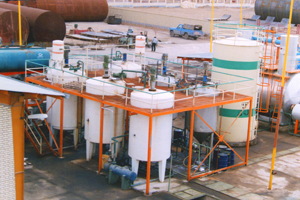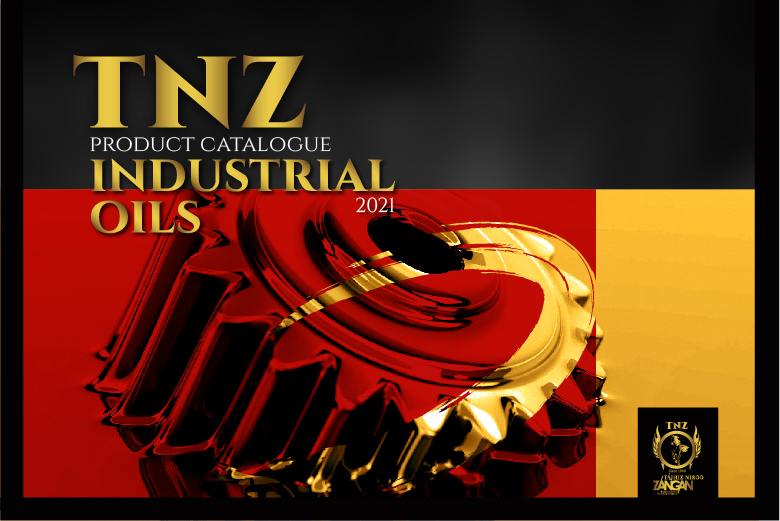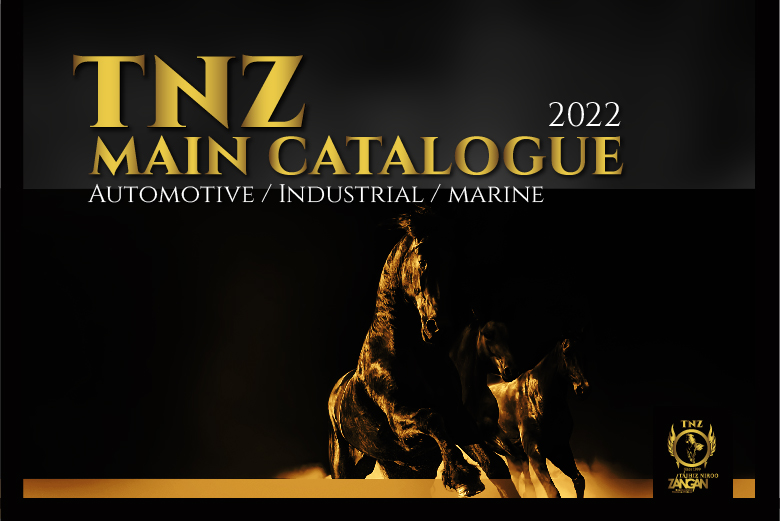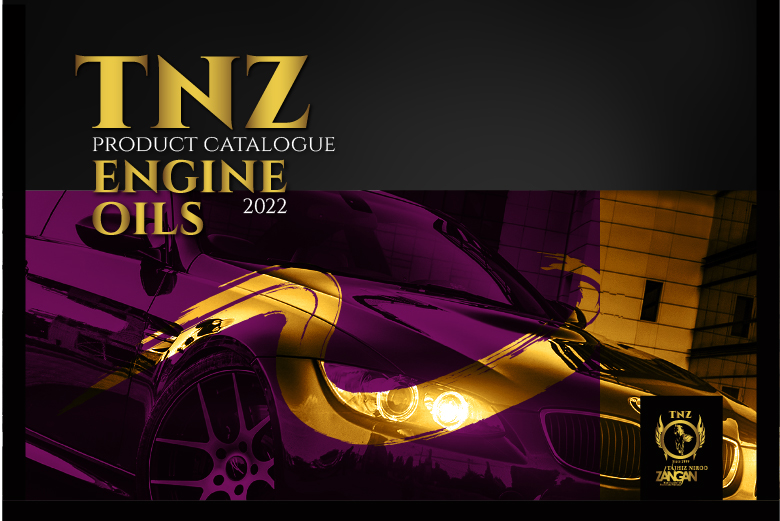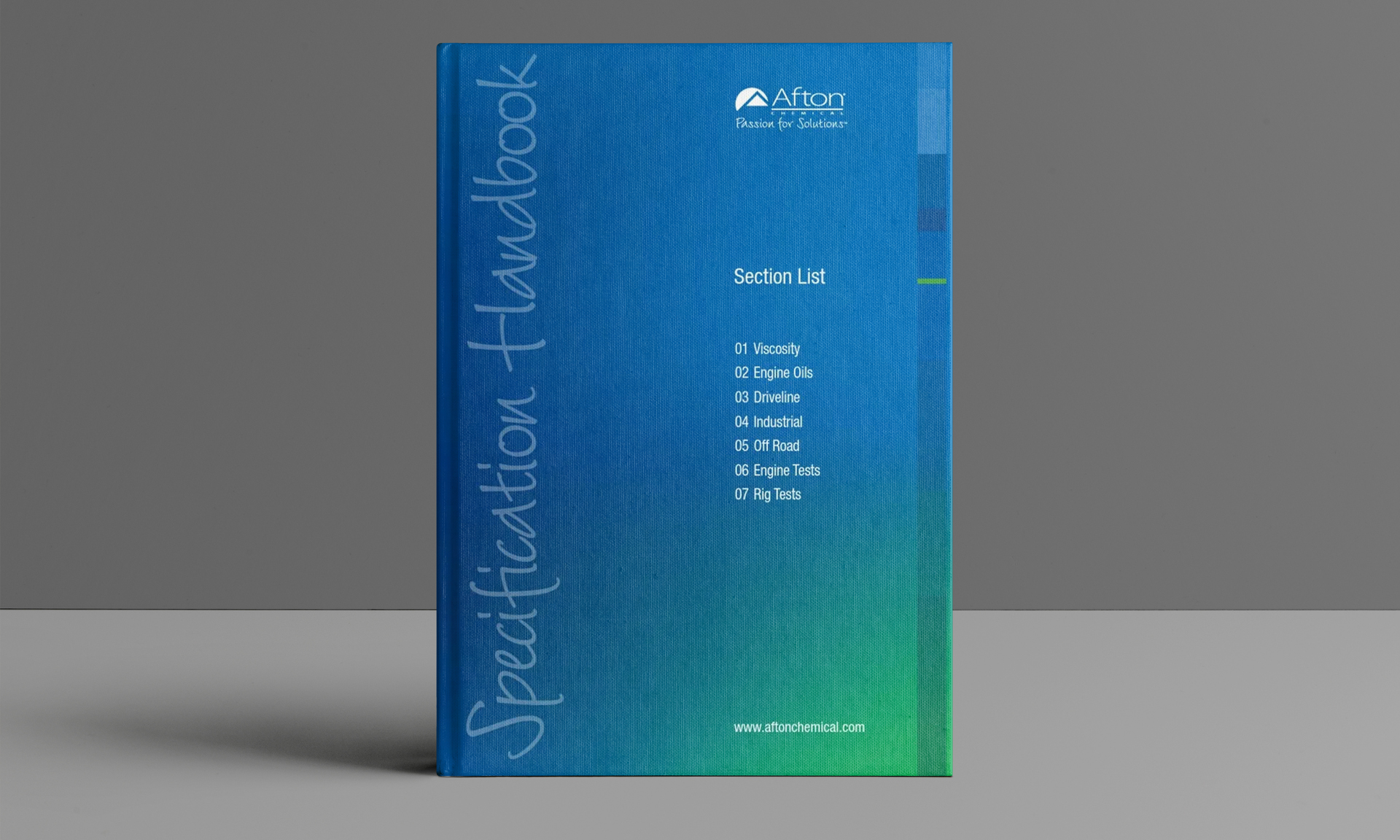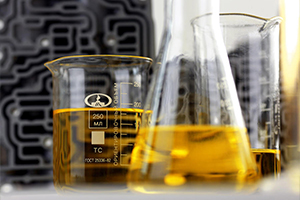
Developments in Lubricant Technology
Book Title: Developments in Lubricant Technology
Author: S. P. Srivastava
Year of publication: 2014
Number of pages: 336
Developments in Lubricant Technology is a comprehensive book that provides a basic understanding of the concept of lubricants and related technologies, including synthetic and environmentally friendly lubricants. Teaches the reader to understand the role of technology in the production of mineral oils. This book, which has been compiled in 20 sections, also deals with the main details of important industrial oils and car oils for various engines. Classification of application groups, requirements of oil standards, refining and monitoring of equipment lubrication conditions are among the other topics covered in this book.
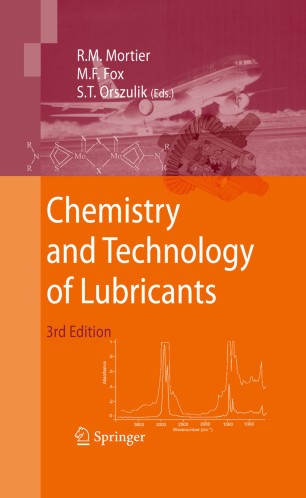
Chemistry and Technology of Lubricants
Book Title: Chemistry and Technology of Lubricants
Author: Roy M. Mortier Malcolm F. Fox · Stefan T. Orszulik
Year of publication: 2010
Number of pages: 561
Chemistry and Technology of Lubricants is written in 4 sections and 17 chapters, the first part is dedicated to the types of synthetic and mineral base oils, and the second part examines the chemical structure and performance of additives. The application of lubricants in different industries, and their efficiency levels are discussed in Sections 3 and 4. If you are looking for a deep understanding of the types of additives, do not miss reading this book.

Lubricant Additives Chemistry and Applications
Book Title: Lubricant Additives; Chemistry and Applications
Editor: Leslie R. Rudnick
Year of publication: 2009
Number of pages: 796
Lubricant Additives; Chemistry and Applications deals specifically with additives. An attractive feature of this book is the classification of additives in different sections based on the specific function of the additives. For example, in the first part, the deposit control additives, which include antioxidants, ZDDP, phosphorus-free ash additives, detergents and dispersants are examined in 5 chapters, and in the second part, the additives that make up the lubrication film are studied. Anti-wear additives and anti-pressure additives are discussed in the third section, and viscosity control additives are discussed in the fourth section. In the final chapters and sections, the methods used to evaluate the performance of additives, the industry’s propensity for specific lubricants, etc. are discussed. This book specifically enhances your knowledge of the structure and function of additives.
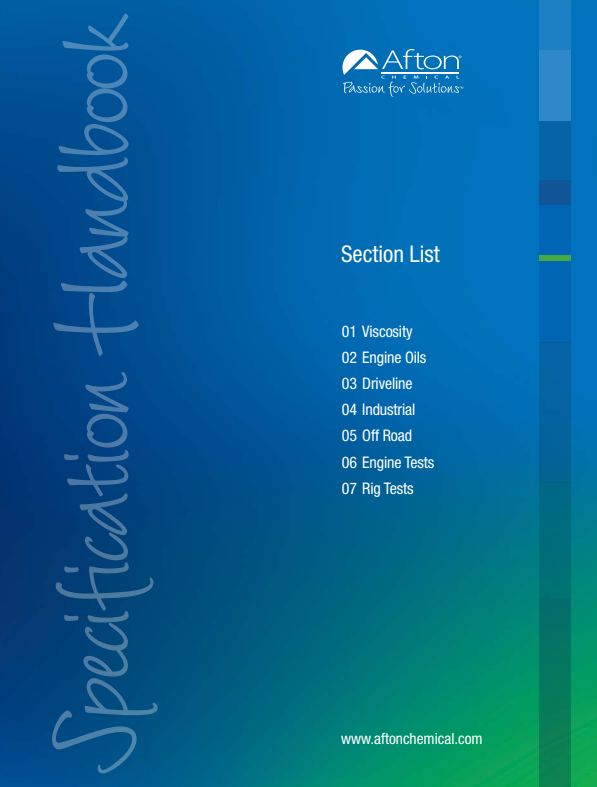
Specification Handbook
Book Title: Specification Handbook
Author: Afton Chemical
Edited: 2019
Number of pages: 575
The Specification Handbook is a very comprehensive lubricant handbook written in 7 sections including Viscosity, Engine Oils, Driveline, Industrial, Off Road, Engine Tests and Rig Tests. The first part of the handbook deals with the viscosity tables of SAE, ISO, AGMA, their comparison with each other, and the viscosity of different base oils. In the second part, which is related to engine oils, the tables related to API Service Classification, ILSAC Specification, ACEA Service, US Military Specification, JASO Standards, OEM Specification, etc. are given in detail in 314 pages. The characteristics of Driveline oils under different standards are discussed in Section III. Industrial oils and their performance requirements are discussed in Section IV, and the characteristics of STOU, UTTO, Caterpillar and Allison are presented in Section 5. Motor tests are divided into two separate chapters under the headings PCMO Engine Tests and HDDO Engine Tests in the sixth section. Rig Tests are also discussed in the last section.

